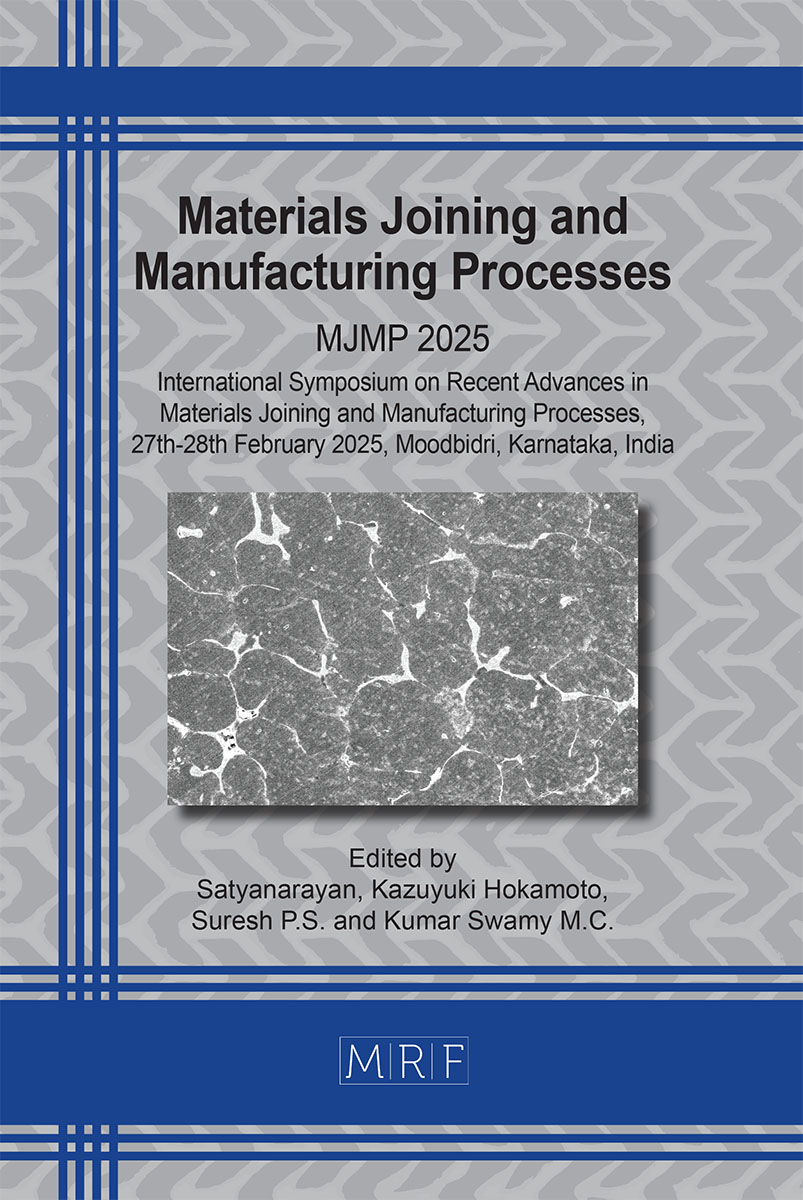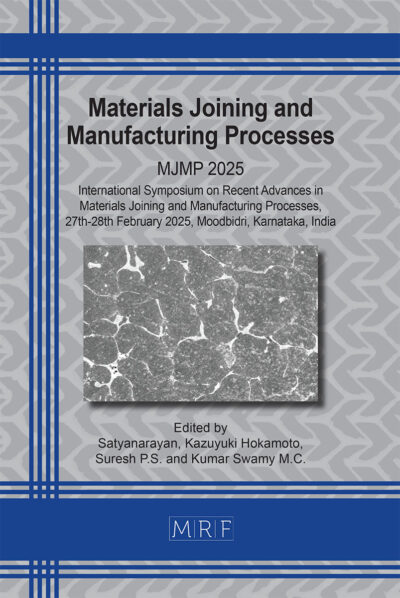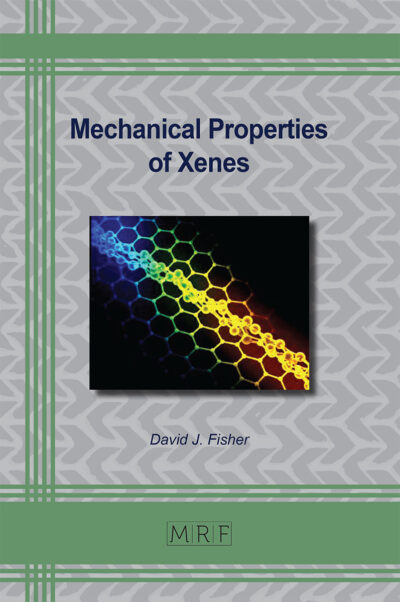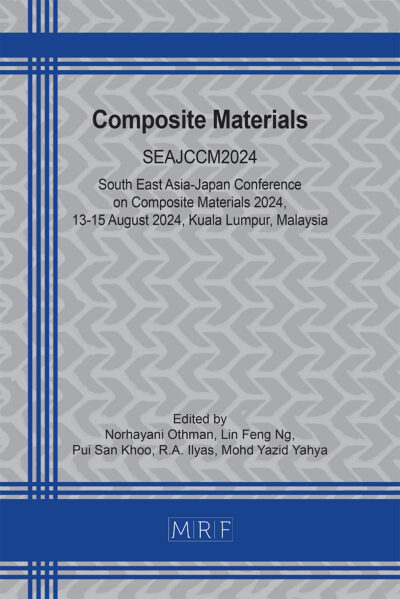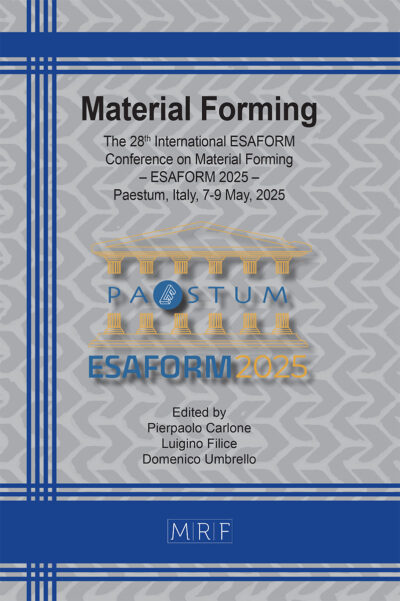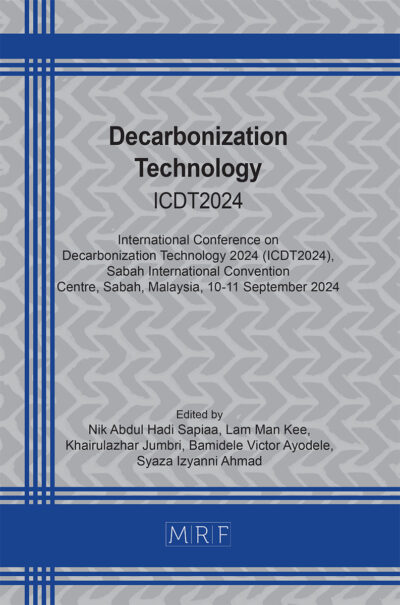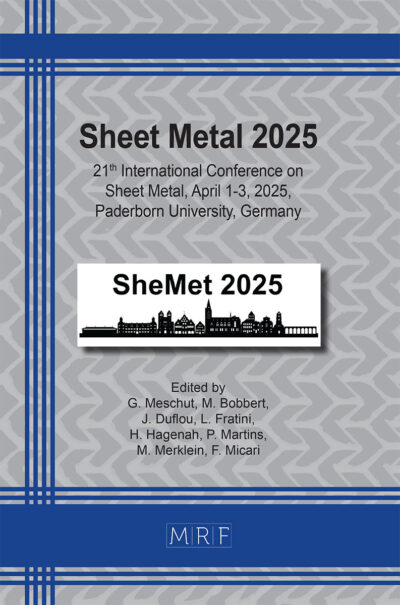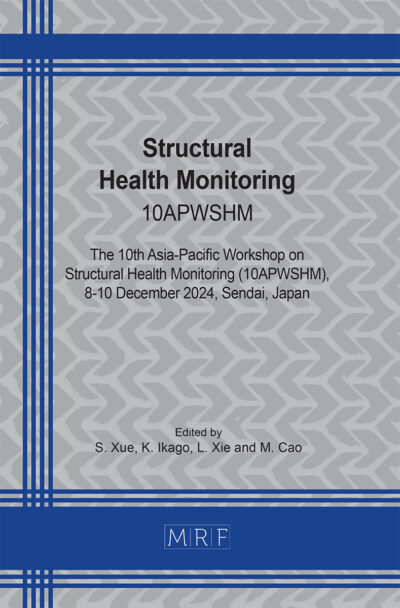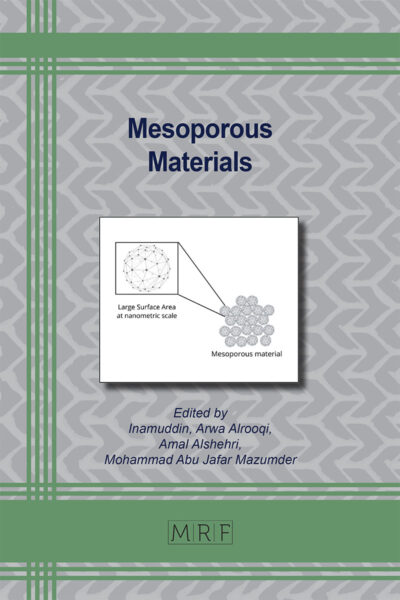Effect of inclination angle in explosive welding of magnesium-zinc sheets: A numerical approach
Samuel Debbarma, Subrata K. Ghosh, S. Saravanan, Prabhat Kumar
Abstract: Magnesium (Mg) and Zinc (Zn) are among the most biocompatible materials for humans, leading to substantial global research on these metals. The joining of magnesium and zinc are challenging because of their distinct properties (melting point, thermal conductivity, hardness, and strength). This article provides insights into the effect of employing an inclination angle for obtaining a successful joint by explosive welding. A 2D model is developed and simulated using ANSYS AUTODYN to determine the pressure, velocity and strain developed during parallel and inclined explosive welding. The pressure, velocity, and strain obtained during simulation in inclined configuration exceed the parallel configuration, indicating jetting and undulating interface.
Keywords
Magnesium (Mg), Zinc (Zn), Biocompatible, Pressure, Velocity, Strain, AUTODYN, Smoothed Particle Hydrodynamics (SPH)
Published online 6/1/2025, 7 pages
Copyright © 2025 by the author(s)
Published under license by Materials Research Forum LLC., Millersville PA, USA
Citation: Samuel Debbarma, Subrata K. Ghosh, S. Saravanan, Prabhat Kumar, Effect of inclination angle in explosive welding of magnesium-zinc sheets: A numerical approach, Materials Research Proceedings, Vol. 55, pp 27-33, 2025
DOI: https://doi.org/10.21741/9781644903612-5
The article was published as article 5 of the book Materials Joining and Manufacturing Processes
![]() Content from this work may be used under the terms of the Creative Commons Attribution 3.0 license. Any further distribution of this work must maintain attribution to the author(s) and the title of the work, journal citation and DOI.
Content from this work may be used under the terms of the Creative Commons Attribution 3.0 license. Any further distribution of this work must maintain attribution to the author(s) and the title of the work, journal citation and DOI.
References
[1] F. Xing, S. Li, D. Yin, J. Xie, P.M. Rommens, Z. Xiang, M. Liu, U. Ritz, Recent progress in Mg-based alloys a a novel bioabsorbable biomaterials for orthopedic applications, J. Magn. and Alloys. 10 (2022) 1428-1456. https://doi.org/10.1016/j.jma.2022.02.013
[2] H. Kabir, K. Munir, C. Wen, Y. Li, Recent research and progress of biodegradable zinc alloys and composites for biomedical applications: Biomechanical and biocorrosion perspectives, Bio. Mater. 6 (2021) 836-879. https://doi.org/10.1016/j.bioactmat.2020.09.013
[3] S. Zhang, X. Zhang, C. Zhao, J. Li, Y. Song, C. Xie, H. Tao, Y. Zhang, Y. He, Y. Jiang, Y. Bian, Research on an Mg-Zn alloy as a degradable biomaterials, Acta Biomat. 6 (2010) 626-640. https://doi.org/10.1016/j.actbio.2009.06.028
[4] R. Krishnan, S. Pandiaraj, S. Muthusamy, H. Panchal, Md.S.Alsoufi, A.Md.M. Ibrahim, A. Elsheikh, Biodegradable magnesium metal matrix composite for biomedical implants: synthesis, mechanical performance, and corrosion behaviour-a review, J. Mater. Res. and Tech. 20 (2022) 650-670. https://doi.org/10.1016/j.jmrt.2022.06.178
[5] S. Saravanan, An experimental investigation on the explosive plugging of similar and dissimilar steel tubes, weld.Intern. 38(2) (2024) 128-139. https://doi.org/10.1080/09507116.2023.2293900
[6] P. Kumar, S. K. Ghosh, S. Saravanan, J.D. Barma, Experimental and simulation studies on explosive welding of AZ31B-Al 5052 alloy, Inter.J. adv.Man.Tech. 127 (2023) 2387-2399. https://doi.org/10.1007/s00170-023-11684-8
[7] C. Mortensen, P.C. Souers, Optimizing code calibration of the JWL explosive equation-of-state to the cylinder test, Prop. Expl. Pyro. 42(6) (2017) 616-622. https://doi.org/10.1002/prep.201700031
[8] Z.L Zhang, M.B Liu, Numerical studies on explosive welding with ANFO by using a density adaptive SPH method, J. Manuf. Proces. 41 (2019) 208-220. https://doi.org/10.1016/j.jmapro.2019.03.039
[9] C.W.DKumar, S. Saravanan, K. Raghukandan, Numerical and experimental investigation on aluminium 6061-V-grooved stainless steel 304 explosive cladding, Def. Tech. 18 (2022) 249-260. https://doi.org/10.1016/j.dt.2020.11.010
[10] J. Wang, X.J. Li, Y.X.Wang, Experimental and numerical study on the explosive welding of niobium-steel, Adv. Manuf. Tech. 122 (2022) 1857-1867. https://doi.org/10.1007/s00170-022-09984-6
[11] S. Saravanan, Thermo-structure approach to dissimilar explosive cladding with interlayer, J. Phy.: Conf. series. 2478(4) (2023) 042014. https://doi.org/10.1088/1742-6596/2478/4/042014
[12] B.S. Ayele, B.A. Mebratie, A.A. Meku, Investigation of the effect of explosive welding parameters in aluminium-steel bimetals: a numerical approach, J. Mater. in Civil Engi. 35 (2023) 04023415. https://doi.org/10.1061/JMCEE7.MTENG-16085
[13] M. Yang, J. Xu, H. Ma, M. Lei, X. Ni, Z. Shen, B. Zhang, J. Tian, Microstructure development during explosive welding of metal foil: morphologies, mechanical behaviours and mechanism, Comp. Part B. 212(2021) 108685. https://doi.org/10.1016/j.compositesb.2021.108685
[14] J.Feng, P. Chen, Q. Zhou, K. Dai, E. An, Y. Yuan, Numerical simulation of explosive welding using smoothed hydrodynamics methods, Int. J. of Multiphys. 11(3) (2017) 315-326. https://doi.org/10.21152/1750-9548.11.3.315
[15] M, Fan, Effect of original layer thickness on the interface bonding and mechanical properties of Ti/Al laminate composites, Mater. Des. 99 (2016) 535-542. https://doi.org/10.1016/j.matdes.2016.03.102
[16] I.A. Bataev, S. Tanaka, Q. Zhou, D.V. Lazurenko, A.M. Jorge Junior, A.A. Bataev, K. Hokamoto, A. Mori, P. Chen, Towards better understanding of explosive welding by combination of numerical simulation and experimental study, Mater. & Des.169 (2019) 107649. https://doi.org/10.1016/j.matdes.2019.107649

